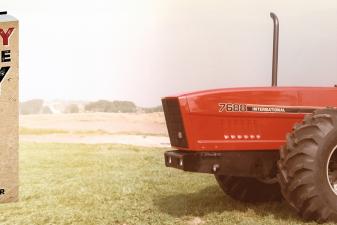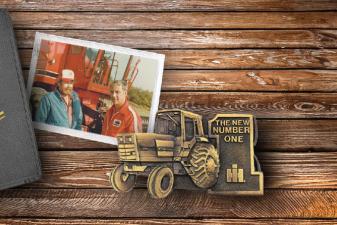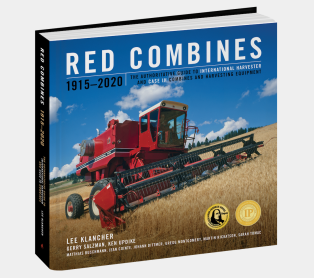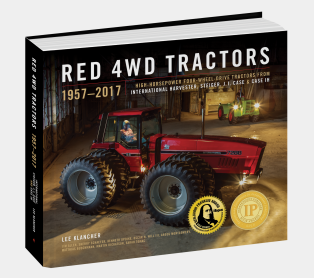The Bad Seed: R&D and the International 800 Series

The following is an excerpt from Snoopy and the Spy by Lee Klancher. The stakes had never been higher than they were on the farm fields of the late 1970s and early 1980s. The era marked one of the hardest economic environments of the twentieth century, and two of the world’s toughest competitors were locked in a high-horsepower arms race to create the world’s best piece of agricultural equipment. In this excerpt, read about worker strikes at International Harvester and the introduction of the International 800 Series.
Harvester had introduced a new planter model early in the 1970s and had held a large percentage of the market with the machine.
In the early part of the decade, Harvester was content to rest on its laurels with the machines it had. Deere being Deere, it invested in the market, put some good machines out, and Harvester found itself in a familiar situation—losing market share.
As the 1970s waned, Harvester had stepped up its R&D in this area and had a new machine ready for production. With its factory workers striking, of course, production of pretty much anything was down to a crawl, so the new planter had to wait. In April 1980, the workforce was back, and Harvester was in desperate need of some new product.
The new machines would be designed in the high-tech Farm Equipment Research and Engineering Center (FEREC) in Hinsdale, Illinois. Opened in 1959 on the site of Harvester’s longtime testing grounds, the facility was state of the art at that time and referred to simply as “Hinsdale.” Sprawling over eight acres and housing 1,360 staff members, the complex included an indoor “field” where full-sized implements could be tested, a photo studio big enough to house a tractor, and temperature-controlled rooms able to expose machines to temperatures ranging from 130 degrees to 50 degrees below zero.
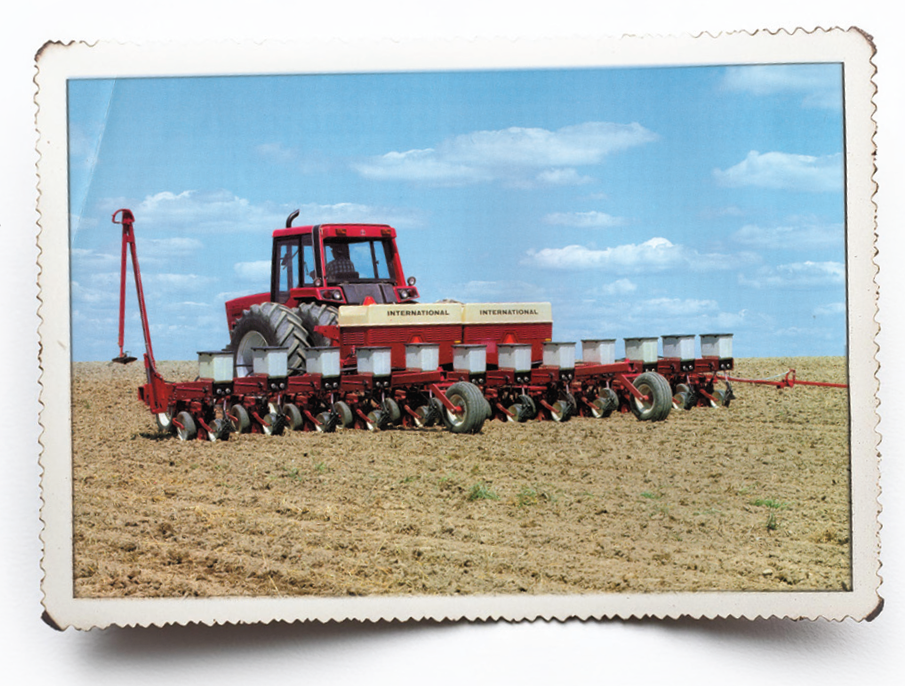
One of the people working at the facility, Steve Warner, recalls the chaos generated by the planter project. Warner started his career at Harvester in 1980. He began as an engineering intern in early April. “When I started here in April, the strike was still going. My first couple of weeks here, I went down and assembled planters on the assembly floor because the union guys were on strike. . . . We were panicking to put planters together to get them out to test them.”
The new machine was the International 800 Series Early Riser Cyclo Air Planter. The new technology offered by the planter was great; the machine, however, was not adequately tested.
When the union workers came back to Harvester, some of them were immediately assigned to get the new planter built and ready for market. According to Warner, the job they did building the machine was impressive.
“The plant workers set up to build all those planters on the assembly line. And did really quite a great job, given that they didn’t have a whole lot of time to react and were still scrambling to put all the striking workers back to work.”
The planter, however, would require a multimillion dollar fix to make it right.

“[Harvester] rode the laurels of their successful planter until it was too late to react to what Deere had put in place. And then they tried to ramrod the new concept through, which they did, but they ended up paying through the nose for it and not only with fix packages, but [it] also gave that planter a bad eye, a bad reputation.”
Warner’s job responsibilities over the next few years would grow exponentially, and while he would get the opportunity to design new machines, he also spent much of his time fixing the 800 Series planter.
He also designed a lot of new implements that were not introduced, at least not during the Harvester days. New product that lacked the necessary funding to launch would be a trend for the company as money became tighter and tighter in the 1980s.


